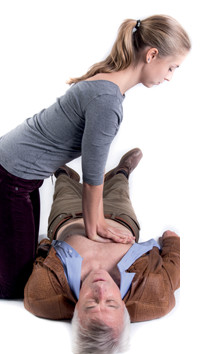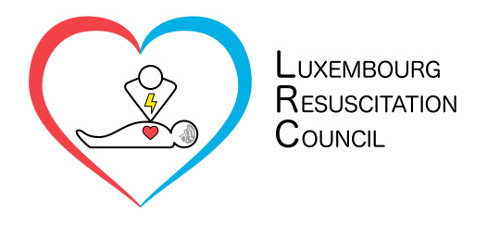
– PubMed – NCBI
Cardiol Young. 2017 Sep;27(7):1271-1279. doi: 10.1017/S1047951117000026. Epub 2017 Jun 13.
McLeod KA, Fern E, Clements F, McGowan R
Author information
Departments of Cardiology and Clinical Genetics,Royal Hospital for Children,Queen Elizabeth University Hospitals,Glasgow,G51 4TF,United Kingdom.
Abstract
BACKGROUND:
Automated external defibrillators can be life-saving in out-of-hospital cardiac arrest.
OBJECTIVE:
Our aim was to review our experience of prescribing automated external defibrillators for children at increased risk of sudden arrhythmic death.
METHODS:
We reviewed all automated external defibrillators issued by the Scottish Paediatric Cardiac Electrophysiology Service from 2005 to 2015. All parents were given resuscitation training according to the Paediatric Resuscitation Guidelines, including the use of the automated external defibrillator.
RESULTS:
A total of 36 automated external defibrillators were issued to 36 families for 44 children (27 male). The mean age at issue was 8.8 years. Diagnoses at issue included long QT syndrome (50%), broad complex tachycardia (14%), hypertrophic cardiomyopathy (11%), and catecholaminergic polymorphic ventricular tachycardia (9%). During the study period, the automated external defibrillator was used in four (9%) children, and in all four the automated external defibrillator correctly discriminated between a shockable rhythm – polymorphic ventricular tachycardia/ventricular fibrillation in three patients with one or more shocks delivered – and non-shockable rhythm – sinus rhythm in one patient. Of the three children, two of them who received one or more shocks for ventricular fibrillation/polymorphic ventricular tachycardia survived, but one died as a result of recurrent torsades de pointes. There were no other deaths.
CONCLUSION:
Parents can be taught to recognise cardiac arrest, apply resuscitation skills, and use an automated external defibrillator. Prescribing an automated external defibrillator should be considered for children at increased risk of sudden arrhythmic death, especially where the risk/benefit ratio of an implantable defibrillator is unclear or delay to defibrillator implantation is deemed necessary.
KEYWORDS:
Sudden death; arrhythmia; automated defibrillator; children

